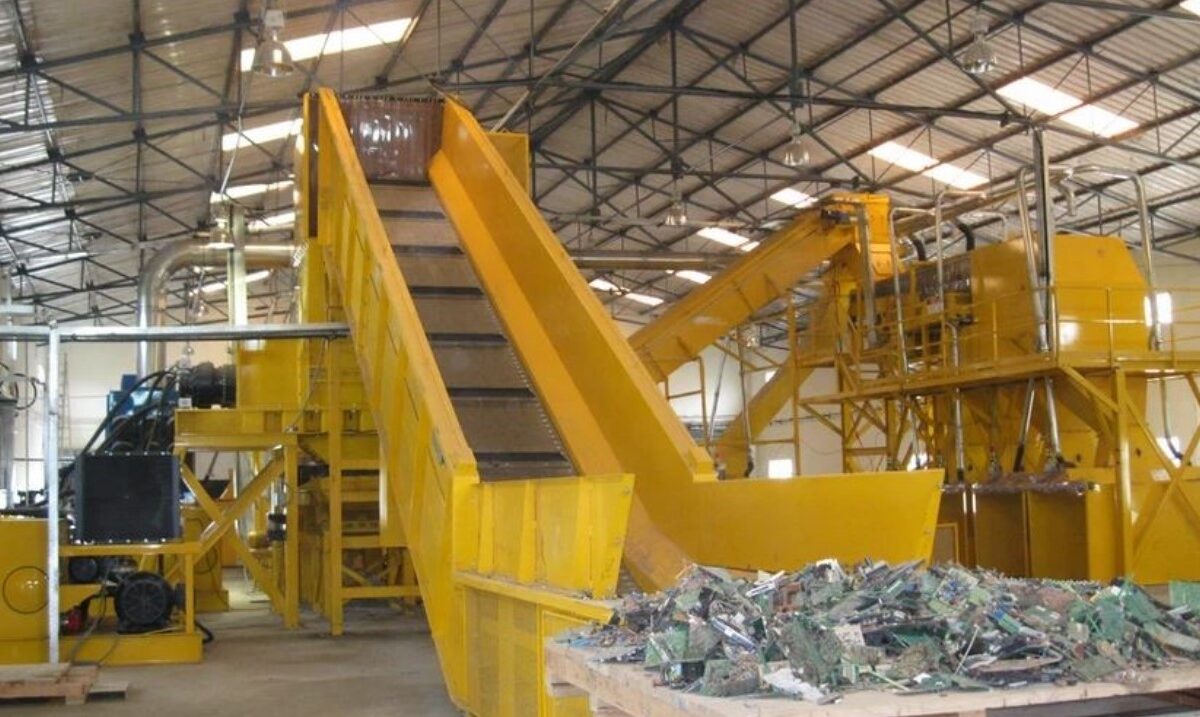pv magazine: Do you think pure PV-PPAs will remain an attractive segment in Germany?
Pieter van der Meulen: Pure PV PPAs are becoming less competitive in markets like Germany, where rapid solar growth has led to significant price cannibalisation and a sharp rise in negative-price hours. In 2025, Germany has already seen over 470 hours of negative prices, and nearly 30% of PV generation has occurred during those periods — double last year’s share. This low capture rate makes long-term revenue certainty harder to achieve for PV-only projects. While there is still some demand for competitively priced pure PV PPAs, these are typically being signed only at very low prices. As a result, we’re seeing a clear shift toward hybrid PV+storage PPAs, which allow developers and offtakers to shape delivery profiles, reduce exposure to negative pricing, and unlock additional value from storage flexibility. These hybrid structures are also becoming more bankable, helping projects secure financing in a tightening market. This trend is evidenced by the significant interconnection queues for BESS assets, a large share of which are co-located with PV, highlighting the market’s growing focus on hybrid configurations. From LevelTen Energy’s perspective, hybrid PPAs represent the next evolution of the market. As negative-price exposure grows and capture rate falls, shaping generation through storage — and adopting more innovative virtual settlement structures that capture higher prices — will be essential to maintaining the economic viability of new solar capacity.
What are the price expectations of buyers and sellers for 10-year PPAs in Germany?
According to LevelTen Energy’s Q3 2025 PPA Price Index, the P25 price for solar PPAs in Germany — representing the most competitive quartile of offers — stood at €52 ($60.1)/MWh. While contract terms on the marketplace range from five to 20 years, with an average of 11.1 years across Europe, this figure reflects the typical pricing band where most 10-year PPA transactions are occurring. German solar PPA prices have fallen 4.6% quarter-over-quarter and 20% year-over-year, driven by oversupply, growing price cannibalisation, and more frequent negative-price hours. Developers are increasingly offering aggressive pricing to attract corporate buyers as subsidy schemes become less favorable.
Are you aware of any hybrid PPA contracts for PV-plus-storage projects signed in Germany?
We’re starting to see the first hybrid PPAs being signed in Germany. At LevelTen, we’ve supported several well-established developers in taking their hybrid PV-plus-storage products to market, guiding them through the full auction process — from defining the product and reaching out to interested buyers, to facilitating offer selection. In recent buy-side RFPs that included German demand, around 15% of the offers received were hybrid structures, many of which were shortlisted and are now under negotiation. This important and growing share shows that both developers and buyers are becoming increasingly comfortable with hybrid configurations, particularly as they look for ways to mitigate negative-price exposure and improve project bankability.
Which European country is leading when it comes to hybrid PPAs for PV-plus-storage, and how many such contracts have been signed?
The United Kingdom currently leads Europe in the development of co-located PV-plus-storage projects, driven by supportive policy frameworks and advanced grid connection processes. However, these hybrid project developments have not necessarily signed hybrid PPAs. Spain and Germany are following closely behind, with both markets showing strong fundamentals and growing interest in hybrid PPA structures that combine renewables with storage flexibility. While the number of hybrid PPAs signed so far remains limited, market dynamics and improving bankability are setting the stage for broader adoption across Europe.
In many cases, batteries co-located with photovoltaic plants are approved only as green-power storage systems and are therefore not permitted to charge from the grid. Under these conditions, are such systems still economically attractive?
Hybrid PPAs remain compelling even when the battery is “green” charged only from the co-located PV plant. A co-located BESS lifts the asset’s capture price—forecast uplifts of up to around 30% versus PV-only are achievable—by storing energy during cannibalised midday hours. It also helps buyers shape delivery toward 24/7 goals: stored energy is fully traceable under today’s GO rules, and hourly GOs, once available, will further reflect the shaped profile — some buyers are even willing to pay a premium for this traceability. Where grid charging is allowed, it makes sense to extract value from multiple revenue sources — such as day-ahead/intraday arbitrage, capacity markets, and ancillary services. This approach remains compatible with PPAs by sharing the arbitrage component with the offtaker, often through virtual settlement structures, while the seller retains the upside of operating the battery in a multi-market optimisation strategy. This allows both a higher captured price for the offtaker and a stable revenue for the seller, while keeping the optimisation upside and complexity with the seller. In short, green BESS hybrids stand on their own merits (price uplift, risk mitigation, 24/7 alignment). With flexible, grid-charging BESS, combining stable PPA revenues with targeted market participation typically delivers the strongest, most financeable outcome for both sides.
Is there a typical or preferred structure for a hybrid PPA — for instance, a PPA-plus-Tolling agreement with the same offtaker, or a well-defined generation profile?
The market hasn’t settled on a single hybrid PPA model yet, but three clear structures are emerging. The most common is still a PPA paired with a storage or tolling agreement, giving buyers flexibility while securing bankable revenues for developers. Others — especially for offtakers who don’t want to or can’t take over the operation of the BESS asset — opt for integrated “hybrid-shaped” PPAs, where the seller uses the battery to deliver a fixed or custom generation profile aligned with the buyer’s load. When a battery is involved, contracts must specify how it operates — whether it’s a Green BESS with renewables-only charging or a Flexible BESS with grid-charging allowed — as this defines risk allocation and market participation. A third model, which LevelTen Energy sees gaining traction, is based on simplified virtual structures such as PPA-plus-Tolling or Hybrid Custom Shape (7×16) agreements. These make hybrid deals more transparent and financeable and are likely to become the preferred approach for corporate offtakers as the market seeks standardization and scalability.
Does more work still need to be done to define standards for hybrid PPAs that would support the growth of this segment?
Yes — the hybrid PPA market is still maturing, and more work is needed to establish common standards that can unlock its full potential. Today, there’s no single model for structuring these agreements, and the variety of approaches makes deals complex to analyze, finance, and approve — especially for corporate buyers. Market leaders are now working to simplify hybrid structures to build confidence and liquidity. At LevelTen Energy, we’ve identified four practical models — Tolling, PPA-plus-Tolling, Hybrid Custom Shape (7×16), and Hybrid Green BESS designed to reduce complexity and make the value of storage more accessible. As more hybrid deals close, these simplified frameworks will form the foundation for a more transparent, scalable market.
These standards still need to be developed, don’t they?
You’re partly right — complex hybrid PPAs that require the buyer to actively manage the battery or assume market risk are typically suited for sophisticated offtakers with trading capabilities, such as utilities or large industrials. Structures like Pure Hybrid PPAs or Tolling Agreements demand expertise in optimization and exposure management. However, the market is evolving quickly. New seller-managed hybrid models are being designed precisely to make these deals accessible to buyers without trading desks. For example, Hybrid Custom Shape and PPA-plus-TBx structures let the seller handle battery optimization and market participation, while the buyer simply benefits from a shaped, more stable renewable profile. At LevelTen Energy, we’re seeing these simplified formats gain traction because they combine price stability with low complexity, opening the hybrid PPA market to a much wider range of corporate buyers.
This content is protected by copyright and may not be reused. If you want to cooperate with us and would like to reuse some of our content, please contact: editors@pv-magazine.com.








By submitting this form you agree to pv magazine using your data for the purposes of publishing your comment.
Your personal data will only be disclosed or otherwise transmitted to third parties for the purposes of spam filtering or if this is necessary for technical maintenance of the website. Any other transfer to third parties will not take place unless this is justified on the basis of applicable data protection regulations or if pv magazine is legally obliged to do so.
You may revoke this consent at any time with effect for the future, in which case your personal data will be deleted immediately. Otherwise, your data will be deleted if pv magazine has processed your request or the purpose of data storage is fulfilled.
Further information on data privacy can be found in our Data Protection Policy.